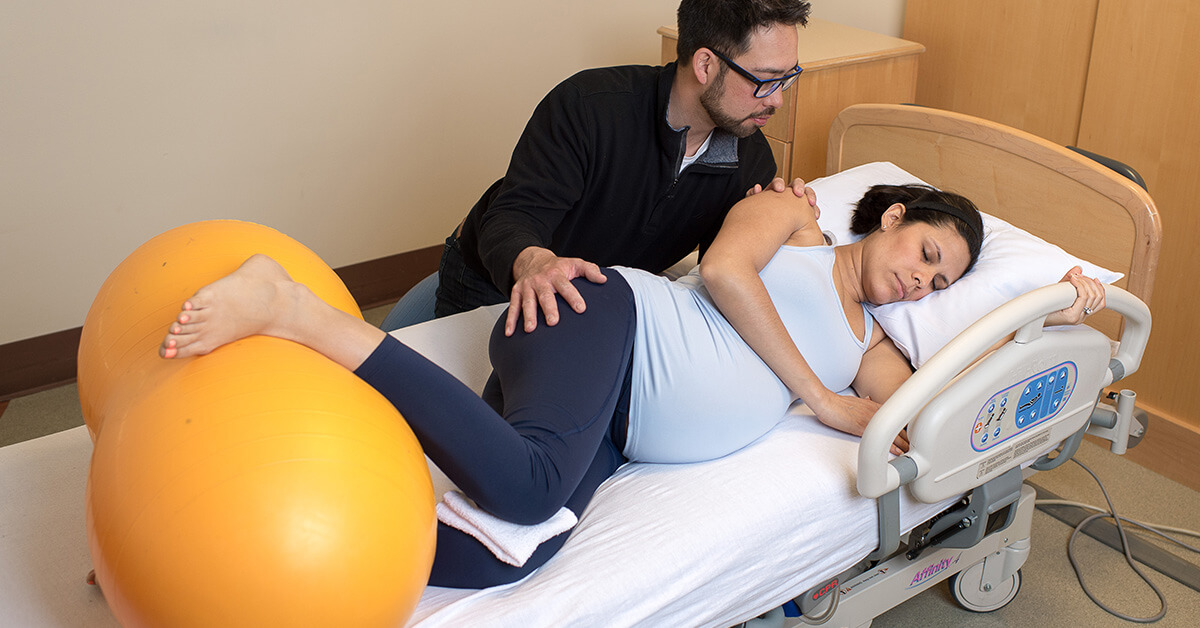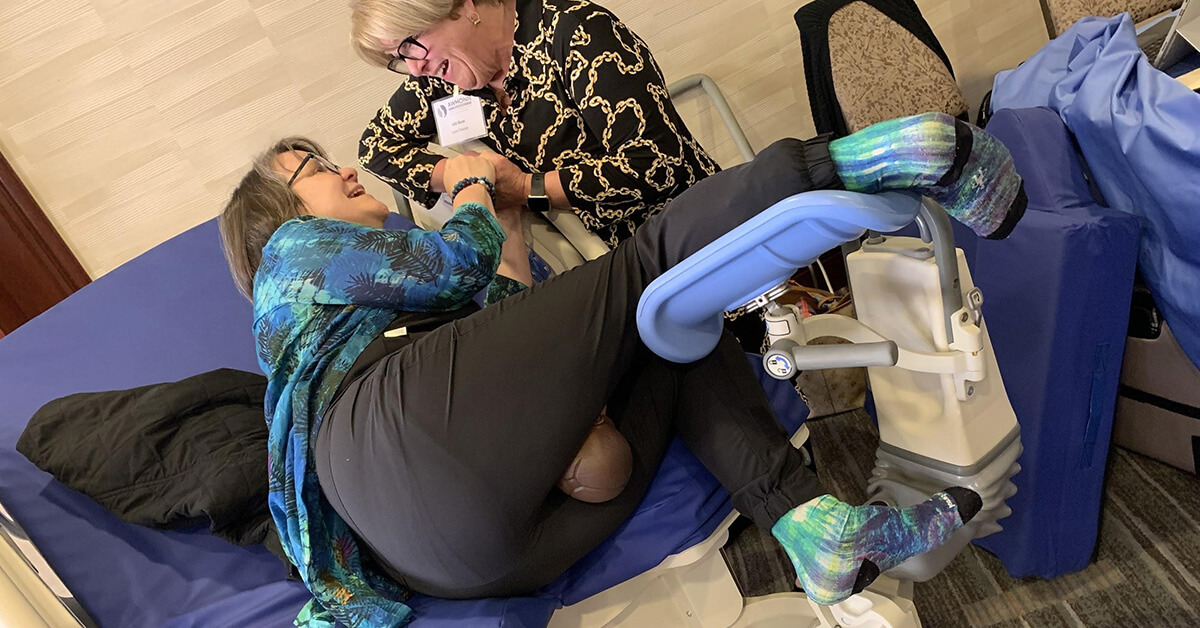
From our February 2021 letter to our community,
Moving through all the events of 2020 and January 2021, new paradigms arise among human endeavors. The structures created by human thinking are evolving by sharing new perspectives. People step beyond previous boundaries of power, race, and human connection. Where we are confronted we must look within to resume movement.
Spinning Babies® nurtures the birth paradigm shift. We’ve introduced physiology first by asking a new question. The shift from “How far dilated is the cervix?” to understanding the anatomy of birth better puts birth back into the body. By asking “Where’s baby?” we are empowering parents and providers alike to think less like birth anatomy is a machine of separate parts and become more conscious of two integrated bodies responding to physics, gravity, and motion.
As new paradigms of human cooperation arise, I believe we will find fresh solutions necessary for human meaning and connection. Birth is the very starting place of hope.
Gail Tully
Founder of Spinning Babies®
This month’s birth story and tip come from Ruth Bailey, a birth and postpartum doula in Austin, Texas. She is Spinning Babies® Founder Gail Tully’s new Executive Assistant and is enjoying every minute of being part of the Spinning Babies® magic behind the scenes.
Recently I had the pleasure of attending three different births in a span of four days. What a joy! In each birth I used one of Spinning Babies® recommended Open the Outlet techniques that showed wonderful results.
At one of these births, a magnificent moment happened during pushing. “Mom” was a first-time mom whose cervix was 9cm dilated for several hours until coming complete at 10 cm. The baby was halfway through the pelvis at +1 but not coming further down after pushing for over an hour. Gratefully, the nurse was open to a variety of pushing positions and we worked together to bounce ideas off each other to help the mother progress. Mom was starting to feel a bit discouraged herself.
Many practitioners believe knees far apart and pulled waaaaay back is the best method. ‘Knees Together’ [Internal rotation of the femur] pushing isn’t widely used here locally. I had suggested knees together a couple of times very gently and the nurse seemed to have some apprehension.
In this birth, after the turn of the hour, with little descent from baby, I saw the nurse squint her face and gave me a concerned look off to the side that I interpreted as her feeling at a loss and discouraged. During an exam of baby’s location, I suggested to the mother to move her knees together and ankles pointing out as the nurse was checking descent.
The nurse then exclaimed, “WOW! There’s A LOT more room that way!”
Splendid! The nurse lowered the foot of the bed with a push of a button. For the rest of the 2nd stage, Mom sat on the lowered portion with an anterior pelvic tilt. She rested her back on the higher portion of the bed. We used a squat bar for her feet and a cloth to pull on during each push. After just about 45 minutes of more pushing we welcomed a sweet baby girl.
While mom and baby were settled into nursing, about 90 minutes after the birth, the nurse and I shared why this worked. I showed the nurse how to feel her own sitz bones moving in relation to her knee movement as she opened and shut her knees.
She then raved, “I’ll be using this in ALL my other births now!” The midwife, joining in the revelation, said, “Yeah, I’m starting to be a believer in knees together pushing….”

Spinning Babies® for the win! I left the birth I dehttps://www.spinningbabies.com/wp-content/uploads/2019/10/sample3-1.pngd above grateful on behalf of this mama and all the future parents in the care of the nurse and midwife.
We are familiar helping a birthing person open their knees when it comes time for pushing. As practitioners (doula, midwives, nurses and obstetricians), some might see a birthing person instinctively move themselves into a knees together position as they feel the pressure of the baby’s head moving down the pelvis. In my experience, pushing is often shortened and baby descends with more ease.

This position can be charted with it’s technical name, Internal Rotation of the Femur. I like to call it “heels out” position. The knees are together and toes point inward and heels are out. For maximum opening of the outlet rotate the femur inward, the key is to point the ankles out and the toes towards each other.
As a doula, I appreciated the nurse verifying how she felt significantly more space with the “heels out” position.
Learn more about Internal Rotation of the Femur on our page, Open the Outlet. My hope is the wisdom is shared like a wildfire to help many more births!
See all upcoming events on our calendar here.
One of our most beloved products, now with subtitles in English, French, and Spanish, offering expert support to reduce intervention and increase comfort throughout pregnancy and birth.